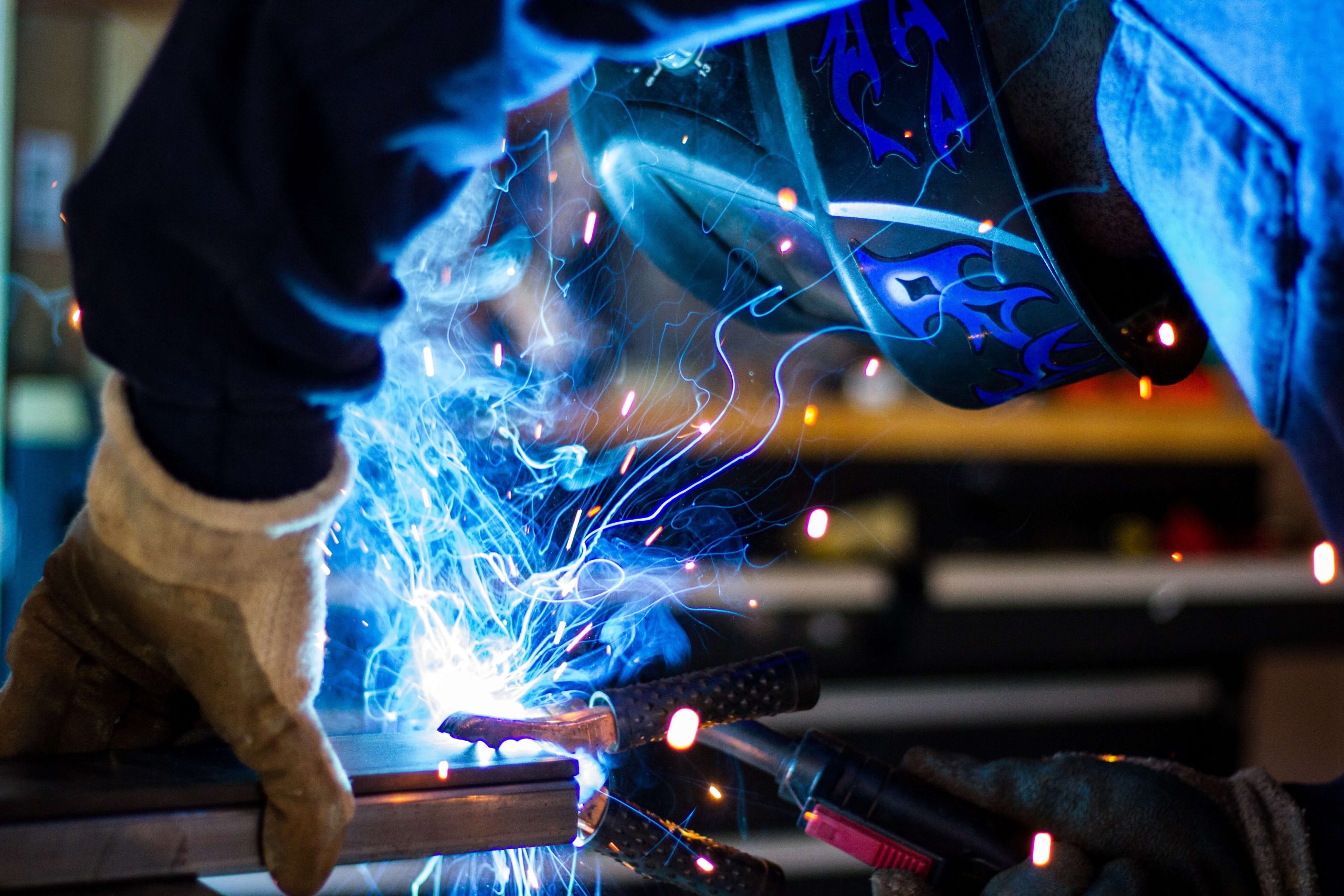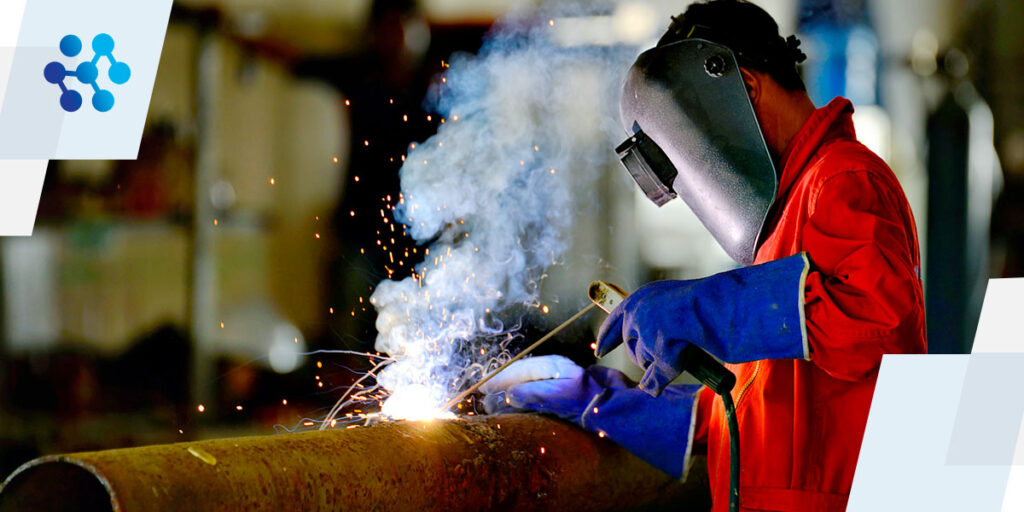Common Welding Repair Service Issues and How to Address Them Successfully
Welding repair services usually encounter a series of concerns that can endanger the honesty of the end product. Common problems consist of poor penetration, porosity, and imbalance, among others. Each problem provides unique obstacles that need details strategies for resolution. Comprehending these problems is crucial for welders intending to boost their skills and end results. This conversation will certainly explore these usual welding repair work problems and efficient methods to resolve them.
Insufficient Penetration
Insufficient penetration takes place when the weld steel falls short to totally fuse with the base material, leading to weak joints and potential architectural failures. This problem frequently comes from insufficient heat input, wrong electrode angle, or improper welding speed. Welders may come across inadequate penetration due to a miscalculation of the required criteria for a specific product thickness or kind. Furthermore, contamination on the base product's surface area can impede reliable bonding, intensifying the problem. To resolve inadequate infiltration, welders need to ensure proper setups on their devices and maintain a tidy job surface. Regular examination of welds is advised to identify any type of shortages early, permitting prompt adjustments and the prevention of jeopardized architectural honesty in bonded assemblies.
Porosity
Porosity is a common defect in bonded joints that materializes as tiny gas bubbles trapped within the weld steel. This issue can endanger the honesty of the weld, causing minimized strength and possible failure under stress and anxiety. Fabrication. Porosity typically arises from contamination, moisture, or inappropriate welding strategies, which allow gases to run away into the liquified weld swimming pool. To deal with porosity, welders ought to assure correct surface preparation, preserve a tidy workplace, and make use of suitable welding specifications. Additionally, choosing the right filler material and securing gas can minimize gas entrapment. Regular examination and testing of welds can help recognize porosity early, ensuring timely corrective activities are taken, therefore preserving the high quality and integrity of the bonded structure
Imbalance
Imbalance in welding can occur from various elements, consisting of incorrect configuration and thermal expansion. Comprehending the origin is vital for efficient resolution. Several modification methods are available to straighten elements and ensure architectural stability.
Sources of Misalignment
Welding misalignment usually originates from a range of underlying issues that can endanger architectural honesty. One key cause is incorrect fit-up of elements prior to welding, which can cause spaces and uneven surface areas. Variations in thermal growth throughout the welding process can also cause distortion, particularly if the materials being joined have different coefficients of expansion. Additionally, inadequate clamping and fixturing might fall short to hold parts firmly in position, resulting in activity during welding. Improperly maintained tools, including welding makers and devices, may introduce inconsistencies in the weld grain, additional adding to imbalance. Driver error, stemming from not enough training or experience, can likewise play a significant role in producing misaligned welds.

Modification Methods Available
Dealing with misalignment effectively calls for a combination of restorative methods customized to the particular problems handy. One common method is the use of jigs or components to hold elements in the proper setting during welding, guaranteeing regular positioning. In addition, pre-heating the materials can help lower distortion and enhance fit-up. For significant misalignment, mechanical adjustment strategies, such as making use of hydraulic jacks or clamps, can be utilized to remedy the position before welding. Post-weld heat therapy might also be required to eliminate stresses brought on by misalignment. Finally, cautious examination and adjustment throughout the arrangement stage can prevent imbalance problems from coming to be significant problems, advertising a smoother welding procedure and boosting overall architectural stability.
Distortion
Distortion is an usual challenge in welding that can develop from numerous factors, including uneven heating & cooling. Understanding the root causes of distortion is vital for implementing efficient prevention techniques. Addressing this concern not only enhances architectural stability however likewise enhances the total quality of the weld.
Reasons for Distortion
When subjected to the intense warm of welding, materials usually undergo adjustments that can bring about distortion. This sensation mainly occurs from thermal expansion and tightening during the welding procedure. As the weld location heats up, the material expands; upon cooling, it acquires, which can create inner stress and anxieties. In enhancement, unequal heating throughout a workpiece can aggravate these stresses, causing bending or bending. The sort of product likewise plays a substantial duty; metals with differing thermal conductivity and coefficients of growth may react in a different way, causing unpredictable distortions. Moreover, bad more info joint design and poor fixturing can add to imbalance throughout welding, raising the possibility of distortion. Recognizing these causes is necessary for effective welding repair service and prevention methods.
Avoidance Techniques
Effective avoidance strategies for distortion during welding emphasis on regulating warm input and ensuring appropriate joint style. Preserving a regular heat input aids to decrease thermal growth and contraction, which can cause distortion. Using methods such as pre-heating the work surface can likewise reduce the temperature level gradient, advertising uniform home heating. In addition, picking appropriate joint designs, such as T-joints or lap joints, can boost stability and decrease anxiety focus. Applying correct fixturing to secure the workpieces in place additionally aids in preserving placement throughout the welding procedure. Finally, staggered welding sequences can disperse heat extra uniformly, stopping local distortion. By applying these methods, welders can greatly lower the possibility of distortion and boost the overall high quality of their welds.
Splitting
Cracking is a common problem encountered in welding repair services, typically resulting from different factors such as improper air conditioning prices, material choice, or insufficient joint preparation. The occurrence of splits can substantially compromise the honesty of the weld, causing potential failures throughout operation. To address this problem, welders need to first examine the origin, making sure that materials are compatible and appropriately picked for the specific application. In addition, controlling the air conditioning rate throughout the welding procedure is necessary; fast cooling can induce stress and bring about fracturing. Correct joint design and prep work additionally add to minimizing the risk. Applying these strategies can boost weld top quality and sturdiness, ultimately reducing the probability of breaking in completed weldments.

Insufficient Fusion
A considerable problem in welding repair work is insufficient combination, which occurs when the weld metal does not properly bond with the base material or previous weld passes - Belgrade Welding. This flaw can lead to weak points in the joint, potentially compromising the honesty of the welded framework. Aspects adding to insufficient fusion include insufficient warmth input, incorrect welding method, and contamination of the surfaces being joined. To address this issue properly, welders must ensure proper pre-weld cleansing and surface prep work, along with readjust their welding specifications to attain adequate infiltration and blend. Regular assessment during the welding process can likewise assist recognize insufficient fusion early, permitting prompt restorative procedures to boost the total quality of the weld
Overheating
While welding repair work can boost architectural honesty, overheating offers a substantial difficulty that can bring about material degradation. Extreme heat during welding can modify the mechanical residential properties of metals, leading to decreased toughness, increased brittleness, and warping. This sensation is specifically essential in high-stress applications where structural reliability is critical. Determining overheating can involve visual inspections for staining or distortion, as well as keeping an eye on temperature level during the welding procedure. To reduce the risks connected with overheating, welders must utilize ideal strategies, such as managing warm input, changing travel speed, and using suitable filler products. In addition, applying pre- and post-weld heat treatments can assist bring back product properties and improve the total top quality of the repair, making certain long-term performance and safety and security.
Regularly Asked Inquiries
What Are the Usual Indicators of a Welding Flaw?

Exactly How Can I Check My Welds for Top quality?
To check welds for high quality, one can make use of visual examinations, ultrasonic testing, and radiographic techniques. Each method guarantees structural stability, determines problems, and verifies adherence to defined standards, inevitably boosting the reliability of the welded joints.
What Safety Safety Measures Should I Take While Welding?
When welding, one need to prioritize safety and security by using appropriate personal protective tools, guaranteeing proper ventilation, safeguarding flammable products away, preserving a clean work space, and knowing surroundings to avoid injuries and mishaps.
Can I Repair a Weld Without Redesigning the Entire Joint?
Repairing a weld without redesigning the entire joint is possible, relying on the damage (Fabrication). Methods such as grinding, including filler material, or using a welding procedure can successfully attend to details problems while maintaining the surrounding structure
What Tools Are Vital for Efficient Welding Services?
Necessary tools for reliable welding repairs include a welding machine, wire brush, grinder, protective gear, clamps, and filler products. Each tool plays an essential duty in making sure high quality and safety and security throughout the repair service process. Porosity typically arises from contamination, moisture, or incorrect welding strategies, which allow gases to leave right into the liquified weld swimming pool. Badly conserved equipment, consisting of welding makers and tools, may introduce inconsistencies in the weld bead, further contributing to misalignment. When subjected to the intense heat of welding, materials commonly undertake changes that can lead to distortion. Fracturing is an usual problem experienced in welding repair work, typically resulting from numerous elements such as incorrect air conditioning prices, product selection, or insufficient joint preparation. A significant concern in welding repairs is incomplete blend, which happens when the weld steel does not properly bond with the base material or previous weld passes.